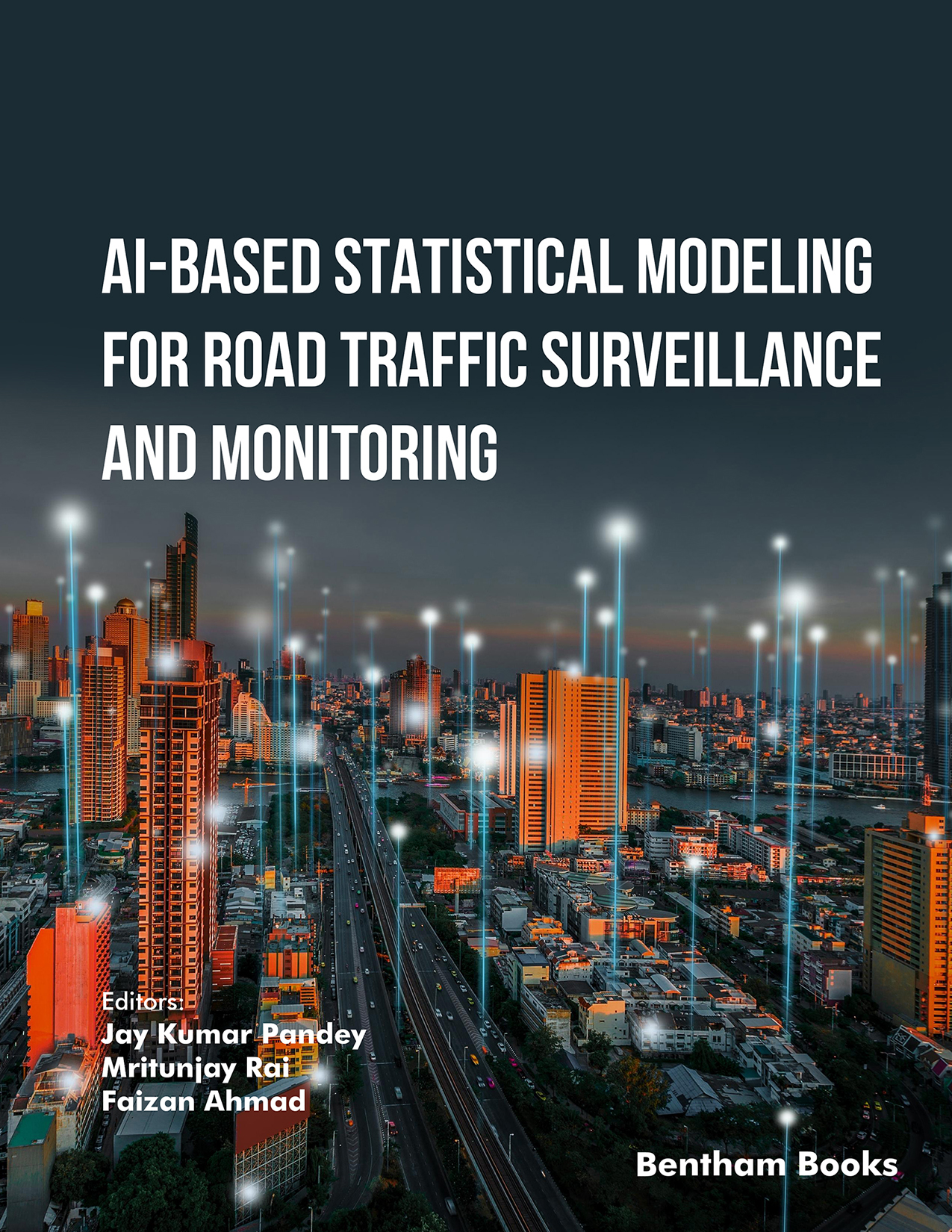Introduction
Positioned at the intersection of intelligent transportation systems (ITS), computer vision, and machine learning, this book presents a comprehensive examination of how artificial intelligence and statistical techniques are reshaping traffic monitoring, management, and urban mobility in the era of smart cities.
The book begins with the core principles of AI and traffic systems, introducing statistical modeling, data acquisition, and image processing for traffic analysis. Midway, it transitions into deep learning–powered applications such as object detection, vehicle tracking, congestion forecasting, and real-time incident recognition. Later sections address legal, regulatory, and ethical frameworks, while concluding chapters highlight IoT-enabled models and future trajectories in AI-powered traffic management.
Key Features:
- - Introduces principles of AI, machine learning, and statistical modeling for traffic systems
- - Demonstrates applications of deep learning in congestion prediction, incident detection, and vehicle tracking
- - Examines AI-driven traffic optimization, urban mobility solutions, and self-driving technologies
- - Evaluates security, data privacy, and legal considerations in AI-based traffic surveillance
- - Integrates AI with IoT frameworks for real-time monitoring in smart city infrastructure
- - Highlights future directions and policy implications for sustainable and ethical traffic management
Readership:
This work offers both theoretical grounding and practical guidance for advancing intelligent traffic systems in smart cities for researchers, practitioners, and students in transportation engineering, computer science, and urban studies.

